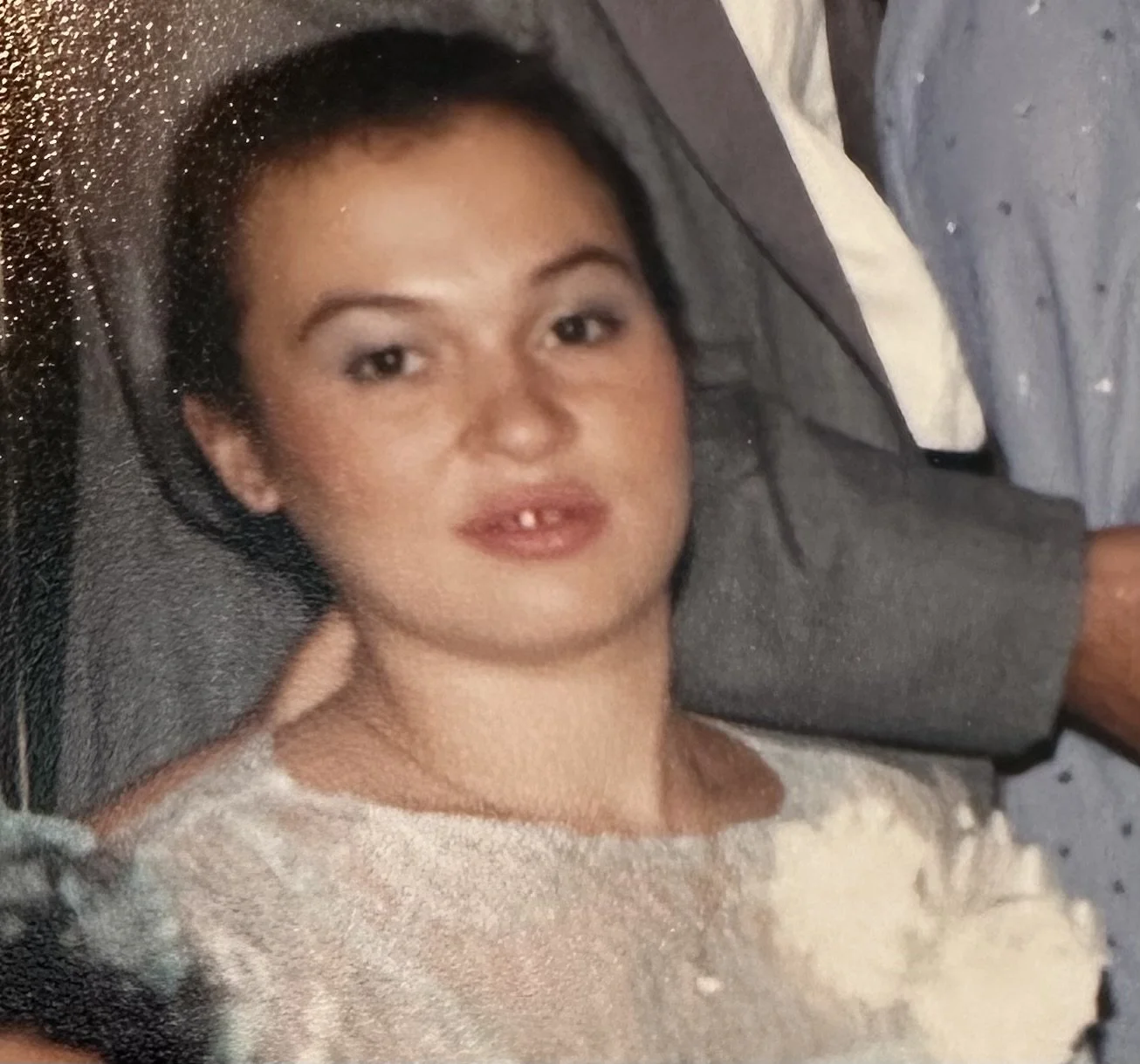Thirty years later, Queens DA IDs murder victim
/Judy Rodriguez was found dead in 1991, but couldn’t be identified due to severe decomposition. Photo courtesy of Queens District Attorney’s Office
By Noah Powelson
Over thirty years after her dead body was discovered and her killers were brought to justice, Judy Rodriguez has officially been found.
The Queens district attorney’s Cold Case Unit on Monday said that after 33 years, they had identified the body in a murder case it prosecuted in 1991. The body belongs to Judy Rodriguez, whose family went decades not knowing what happened to the missing woman.
Rodriguez was killed in 1991. Her body was found covered with a large wooden board and her ankles bound with a cord at the grassy intersection of Cross Island and Southern State parkways in Southeast Queens. Four men were convicted of the part they played in her death, yet Rodriguez's heavily decomposed body made it near impossible to identify her.
That was the case until last April, when advanced DNA testing used on Rodriguez’ skeletal remains produced a genealogical profile that had a match in public databases. Potential family members were contacted and asked to provide DNA samples, which confirmed the remains belonged to the then-30-year-old who was reported missing on Jan. 31, 1991.
“Three decades ago, four men were convicted for a gruesome killing of an unidentified woman. Though justice was served, the family went 33 long years without any answers about their loved one,” Queens District Attorney Melinda Katz said. “Thanks to our partners at the NYPD and the Office of Chief Medical Examiner, we have now provided those crucial details, which I hope brings a measure of solace. This case is a prime example of the determination of my Cold Case Unit in identifying victims and solving the borough’s oldest, most challenging homicides.”
According to a press release issued by the DA’s office, Rodriguez was last seen on Jan. 23, 1991, at her daughter’s first birthday party. A week later Rodriguez’ parents, who have both since passed, reported her missing and began placing flyers asking the public for any information on her whereabouts.
Not much is known about what happened to Rodriguez in the months after her disappearance, but details of the original charges brought against the four convicted men tell the story of the day of her death.
At some point between July and August of 1991, four men approached Rodriguez at an unknown location. They drove Rodriguez to the intersection of the Cross Island and Southern State parkways, tying her up while they drove.
Rodriguez was pushed out of the vehicle once they arrived, and one man exited the car and beat the woman with a large metal flashlight. The blows were eventually determined to be the cause of her death.
The four left her body at the intersection, but approximately two weeks later, returned to conceal her remains under a large wooden board.
Police discovered Rodriguez a week later once a passerby reported seeing a body. Three weeks after her demise, Rodriguez was unidentifiable, but an investigation eventually led to the arrest and charge of the four men behind her death.
The four men, whose names were not identified on Monday, were ages 18, 19, 20 and 20 at the time of the killing. One of the defendants pleaded guilty in September 1992 to first-degree manslaughter and was sentenced to eight years to 25 years in jail. He was released in 2009 and discharged from parole in August 2016.
Two others pleaded guilty in October 1992 to first-degree reckless endangerment and were sentenced to two years to seven years in prison. They were released in 1996 and discharged from parole in April 1998.
A fourth defendant pleaded guilty in February 1993 to hindering prosecution and received a sentence of one and a half to four and a half years in prison. He was released in 1996 and discharged from parole in July 1997.
The successful discovery of Rodriguez’ identity is a rare story of closure for a cold case.
According to the DA’s office, the Cold Case Unit is currently investigating approximately 47 homicide victims who have yet to be identified.
Katz said the successful Rodriguez identification was partially due to a $500,000 grant Queens U.S. Representative Grace Meng helped secure for the department, which enabled genealogy investigations for 14 of these unidentified victim cases.
“This latest case from 1991 underscores why this money is so important, and it’s an example of the types of cases it will be used to solve,” Meng said in a statement. “I’m proud to work with District Attorney Katz in pursuing justice for the victims of cold cases in Queens, and I continue to stand with her in never forgetting about them and their loved ones.”
While Rodriguez’ parents passed before knowing what happened to their daughter, she had other family members who still remain, including three children.
The youngest, Stephanie Rodriguez, turned one when her mother first disappeared in 1991 and was raised by her grandparents without answers. Her DNA was used to identify her mother and now, nearly the same age Judy Rodriquez was when she disappeared, Stephanie Rodriguez has her answers.




